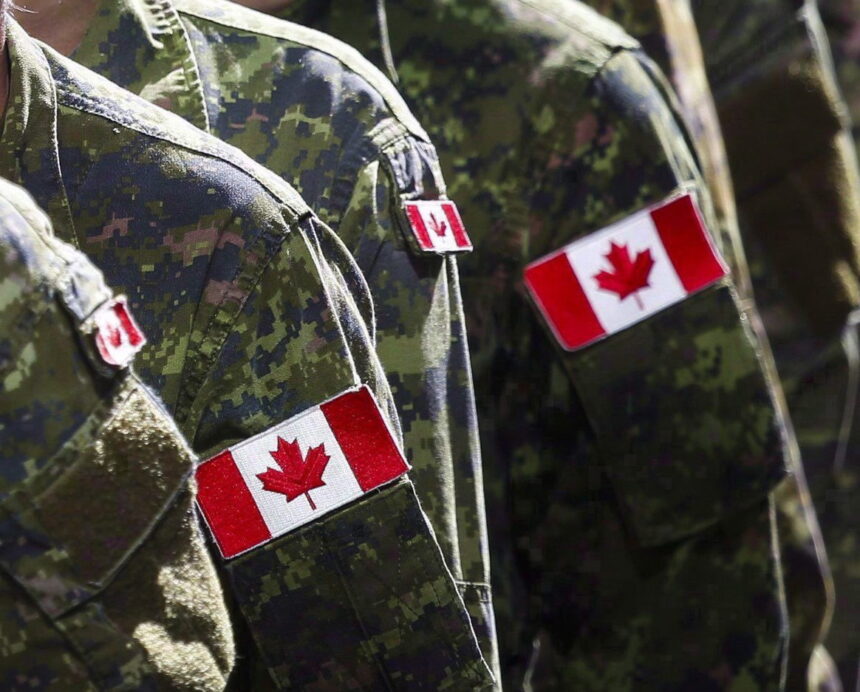Article – The secret Facebook group “Smokepit 2.0,” unmasked last week after a four-month investigation, has exposed a disturbing underbelly within the Canadian Armed Forces. Military police are now scrutinizing dozens of service members allegedly involved in sharing racist memes, misogynistic content, and violent rhetoric on the private social media platform.
I reviewed over 200 screenshots from the group, provided by a whistleblower who served alongside several members identified in the forum. The images reveal content ranging from casual racism targeting Indigenous communities to explicit calls for violence against women in uniform.
“This isn’t just locker room talk,” said retired Major Catherine Beauchamp, who now advocates for military reform through the Canadian Forces Accountability Project. “When serving members engage in this behavior, it creates permission structures that ultimately impact operational readiness and unit cohesion.”
Military police confirmed yesterday that at least 37 current service members have been identified among the group’s 1,200 participants. Most troubling are posts from individuals who appear to hold leadership positions within combat units.
One thread, initiated by a user identifying himself as a master corporal with the Royal Canadian Regiment, contained threats directed at female soldiers who reported sexual harassment. “These females need to be taught what happens to rats,” read one comment that received dozens of supportive reactions.
The Department of National Defence initially declined to comment on specific allegations, citing the ongoing investigation. However, Minister of National Defence Anita Anand issued a statement Wednesday acknowledging the situation.
“The Canadian Armed Forces has zero tolerance for hateful conduct,” Anand said. “Those found responsible will face appropriate consequences under the Code of Service Discipline.”
Court martial records obtained through access to information requests show that similar online conduct has previously resulted in charges under sections 129 (conduct prejudicial to good order and discipline) and 85 (quarrels and disturbances) of the National Defence Act.
David Hofmann, Associate Professor at the University of New Brunswick who studies extremism in military contexts, reviewed excerpts from the group at my request. His assessment was unambiguous.
“What we’re seeing here fits patterns of radicalization observed in other military organizations,” Hofmann said. “These closed forums create echo chambers where extreme views are normalized and intensified over time.”
The whistleblower, who requested anonymity due to safety concerns, described reporting the group through military channels last November but seeing no action until media began making inquiries in March.
“I kept hearing ‘we’re looking into it’ but nothing happened,” they told me during our third interview at a cafe in Kingston, Ontario. “Some of these guys were being promoted while posting this stuff.”
The investigation comes at a sensitive time for the Canadian Armed Forces, which has been working to address systemic discrimination following several high-profile incidents. The 2021 Arbour Report identified significant cultural issues requiring institutional reform.
Charlotte Duval-Lantoine from the Canadian Global Affairs Institute believes this latest incident demonstrates the challenges of changing military culture.
“Policies have changed on paper, but the true test is implementation,” Duval-Lantoine explained. “When members feel comfortable sharing these views, even in private forums, it suggests the message isn’t getting through where it matters most.”
The Canadian Anti-Hate Network has documented increased extremist recruitment targeting military personnel. Their research indicates that veterans and serving members are prized recruits for far-right organizations because of their tactical training and security clearances.
I spoke with three former group members who agreed to interviews on condition of anonymity. All claimed the group had been “infiltrated” by extremists over time.
“It started as just a place to vent about military life,” one former combat engineer told me. “But it changed. Some guys started posting worse and worse stuff, and nobody pushed back.”
When I accessed archived versions of the group’s description, it initially described itself as “a place for CAF members to share what the chain of command doesn’t want to hear.” By 2024, this had evolved to include language about “real soldiers” and “fighting back against the woke agenda.”
Military police expect their investigation to continue through the summer, with potential charges being considered under both the National Defence Act and the Criminal Code of Canada for the most serious cases.
For affected communities, the damage extends beyond individual cases. Indigenous veteran Raymond Mequish, who served 22 years with the Royal Canadian Regiment, reviewed some of the anti-Indigenous content from the group.
“Young Indigenous Canadians see this and ask themselves why they would join an institution where this hatred exists,” Mequish said. “We’re losing potential talent because of these toxic elements.”
As the investigation unfolds, questions remain about how such behavior persisted despite the military’s stated commitment to inclusion. The answers may determine whether the Canadian Armed Forces can truly transform its culture or if these attitudes will continue to undermine its stated values of dignity and respect for all Canadians.






